What Are Vortex Generators, And How Do They Work?

Ever been passed by an FK8 Honda Civic Type R or almost any late Mitsubishi Lancer Evo and noticed those little extra fins on the roof? They’re not just extra bits of stick-on plastic for show, they’re serving a real purpose.
Those are vortex generators and, although they may split opinions on looks, they’re a useful way of improving the aerodynamics of a car provided they’re used correctly.
How do vortex generators work?
To understand how a vortex generator benefits a car, you first need to understand how airflow interacts with the moving body of a car.
Due to friction between the solid surface and the air molecules passing over it, the air forms a fluid profile, with stationery air sitting at the meeting point between the fluid and the surface. This is often called the boundary layer.
Basically, you don’t want air to be sitting stationary above the roof as that creates a large amount of friction, rather it’s better to glide smoothly over and away from the car. Particularly if there’s a rear wing.
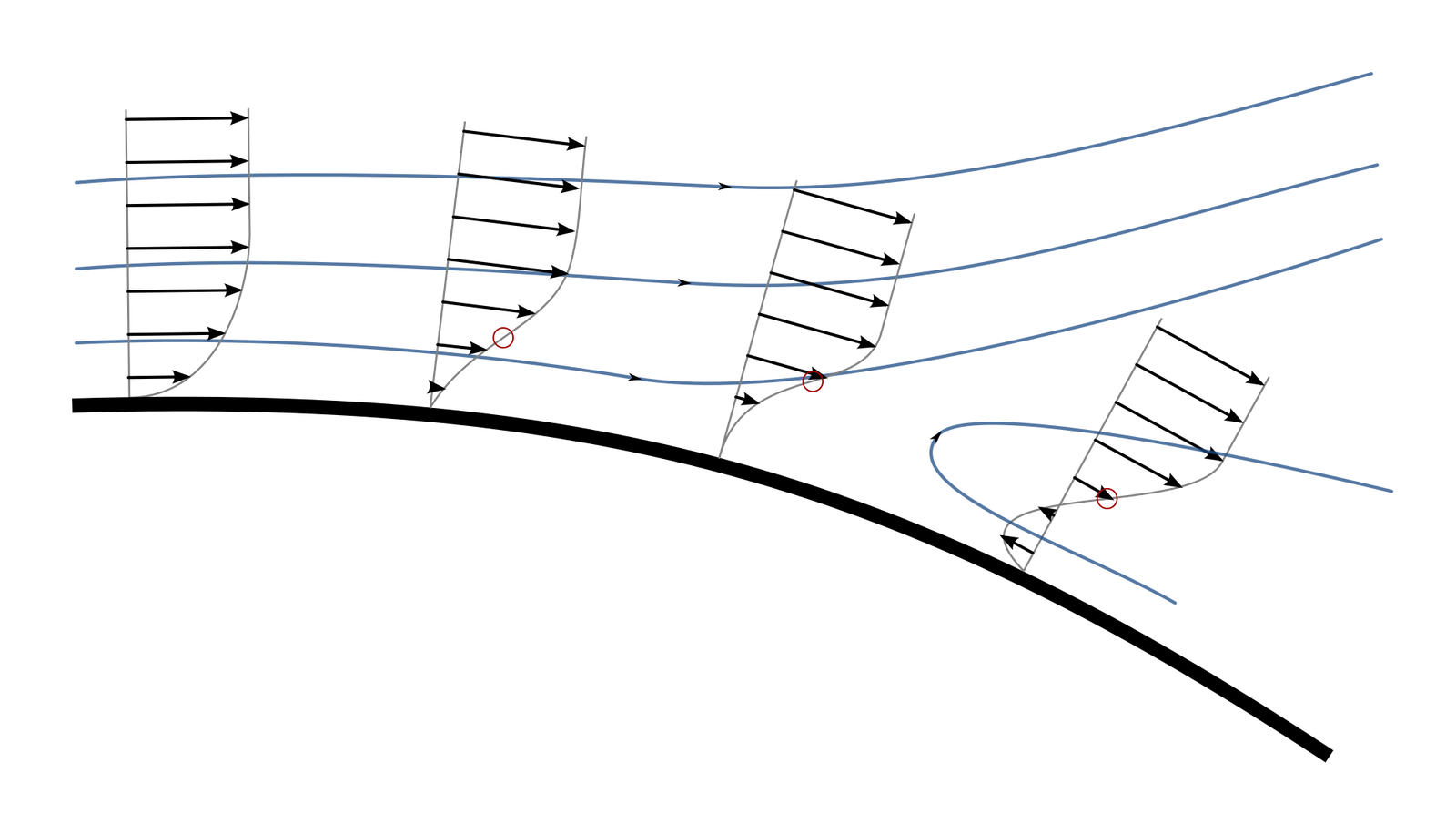
Although rear wings are great for creating downforce, it does create a separation point at the end of a roof that allows the airflow to diffuse off into free airspace – in turn reducing a wing’s efficiency.
This is where a vortex generator comes in. As the separation point is inevitable no matter what you do, it is possible to shorten that distance. To keep that flow going, you need high-energy air from that fluid profile we mentioned earlier.

A vortex generator disturbs the flow running over the top of the roof, drawing in a stream of high-energy air into the boundary layer, therefore reducing the separation point’s distance and improving the efficiency of a rear wing.
Should I put them on my car?
Vortex generators that have been placed on a factory-built road car have been especially designed to work with the standard aerodynamics, so simply putting a set on your own car isn’t likely to make any real difference. Unless you have access to a wind tunnel and CFD software.
Even those from the factory aren’t actually making a huge difference, as they’re ultimately compromised by road safety regulations which means they’re small and space apart. Plus, they don’t really make a huge difference until very high speeds.
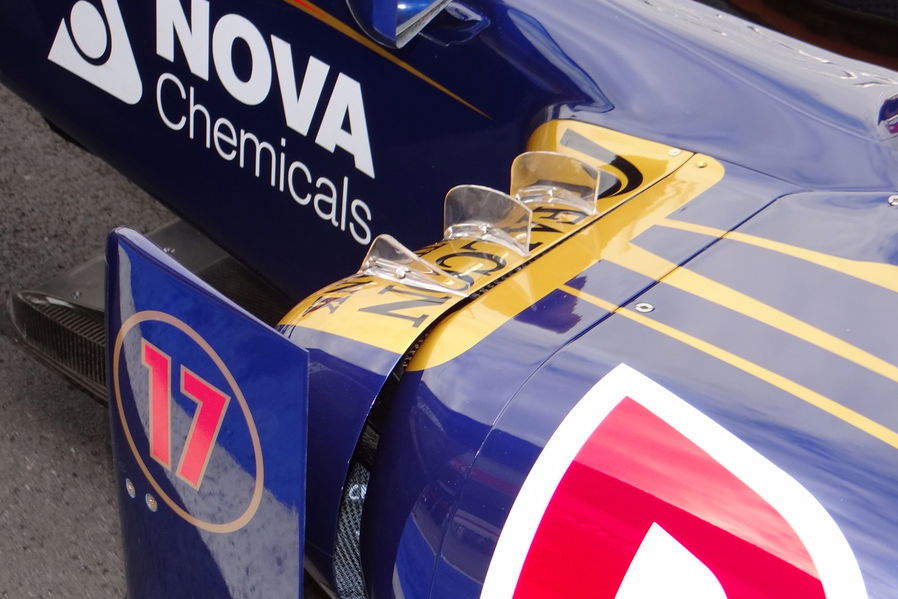
Those used on race cars however, commonly seen in F1, don’t have such restrictions and are therefore pretty tall and pretty sharp.


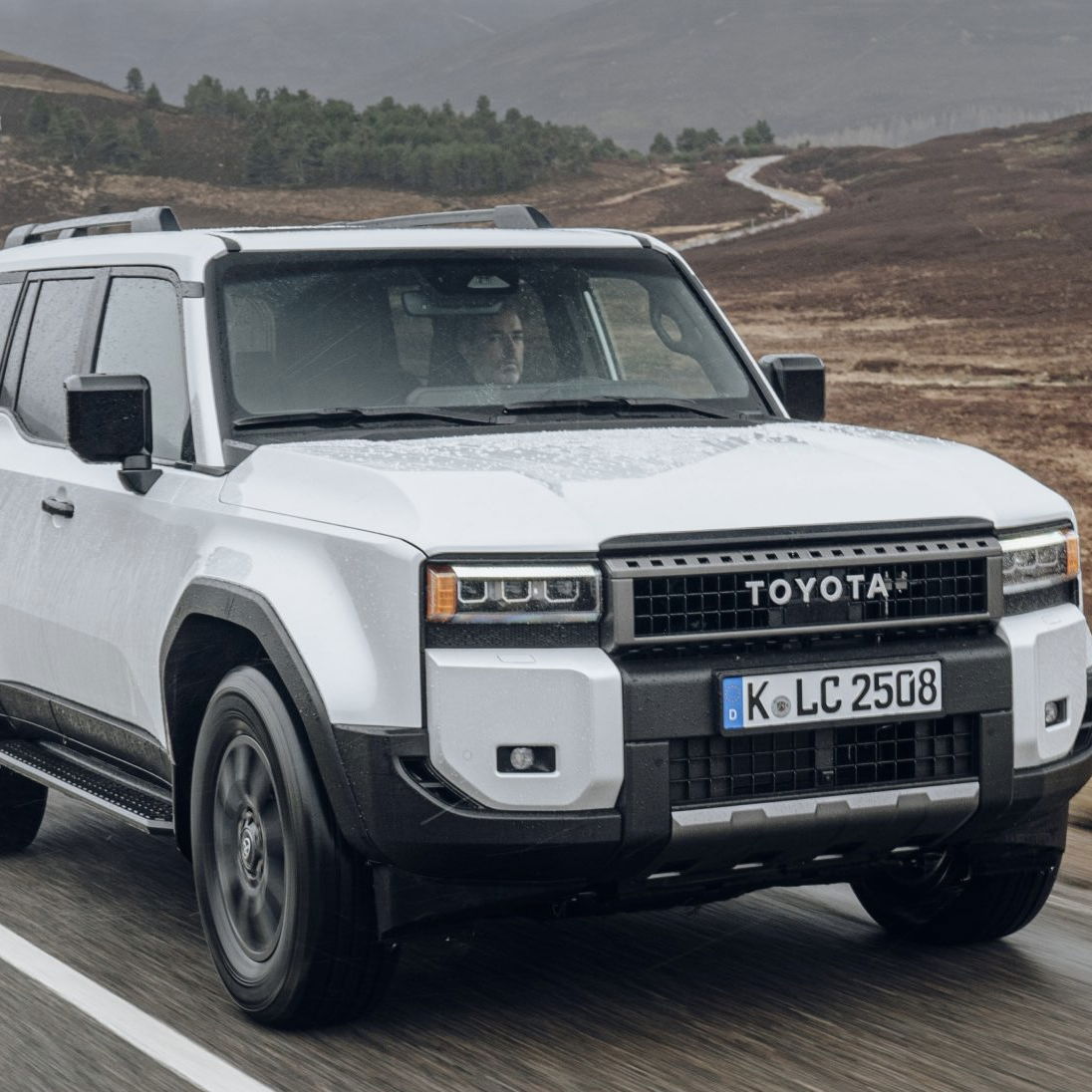
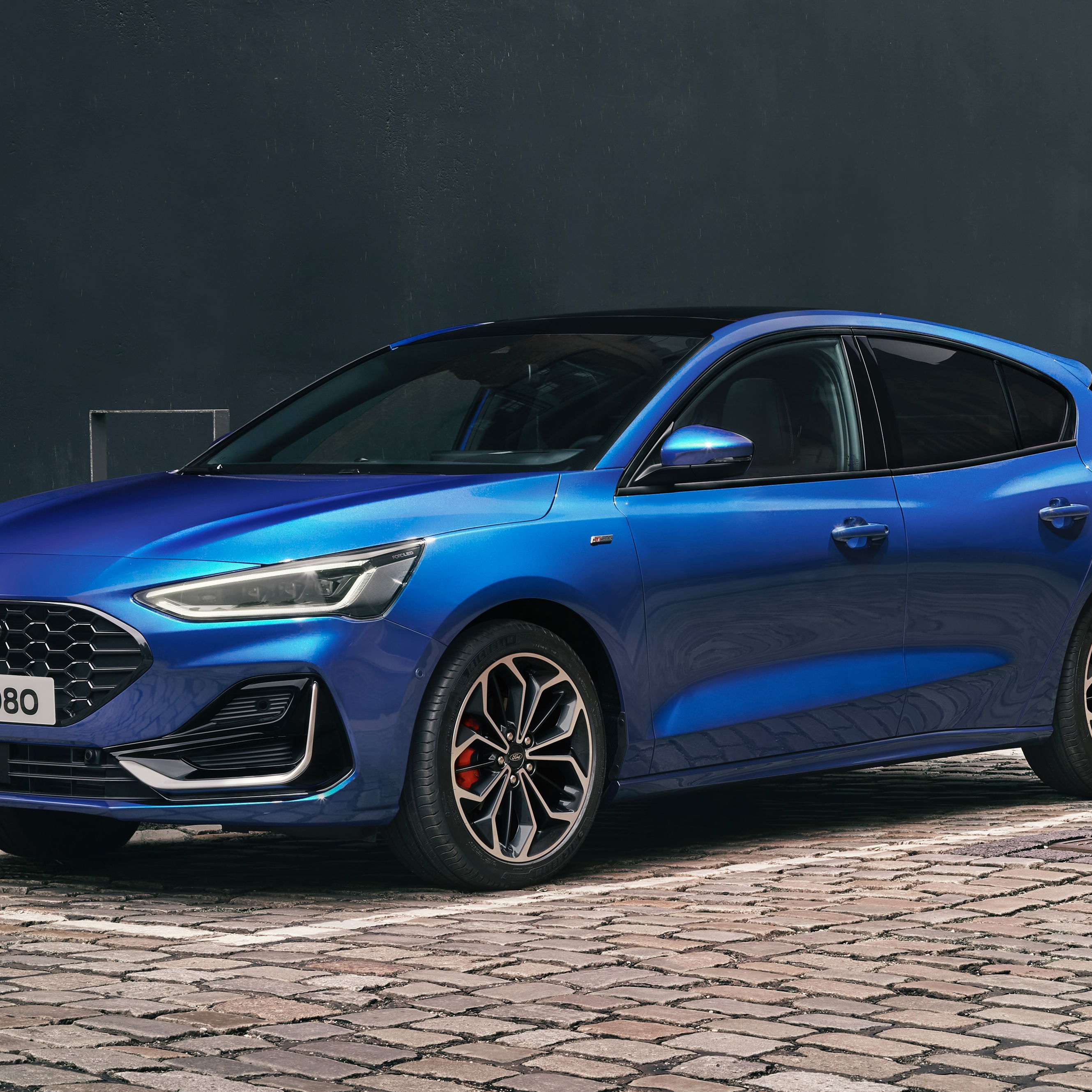
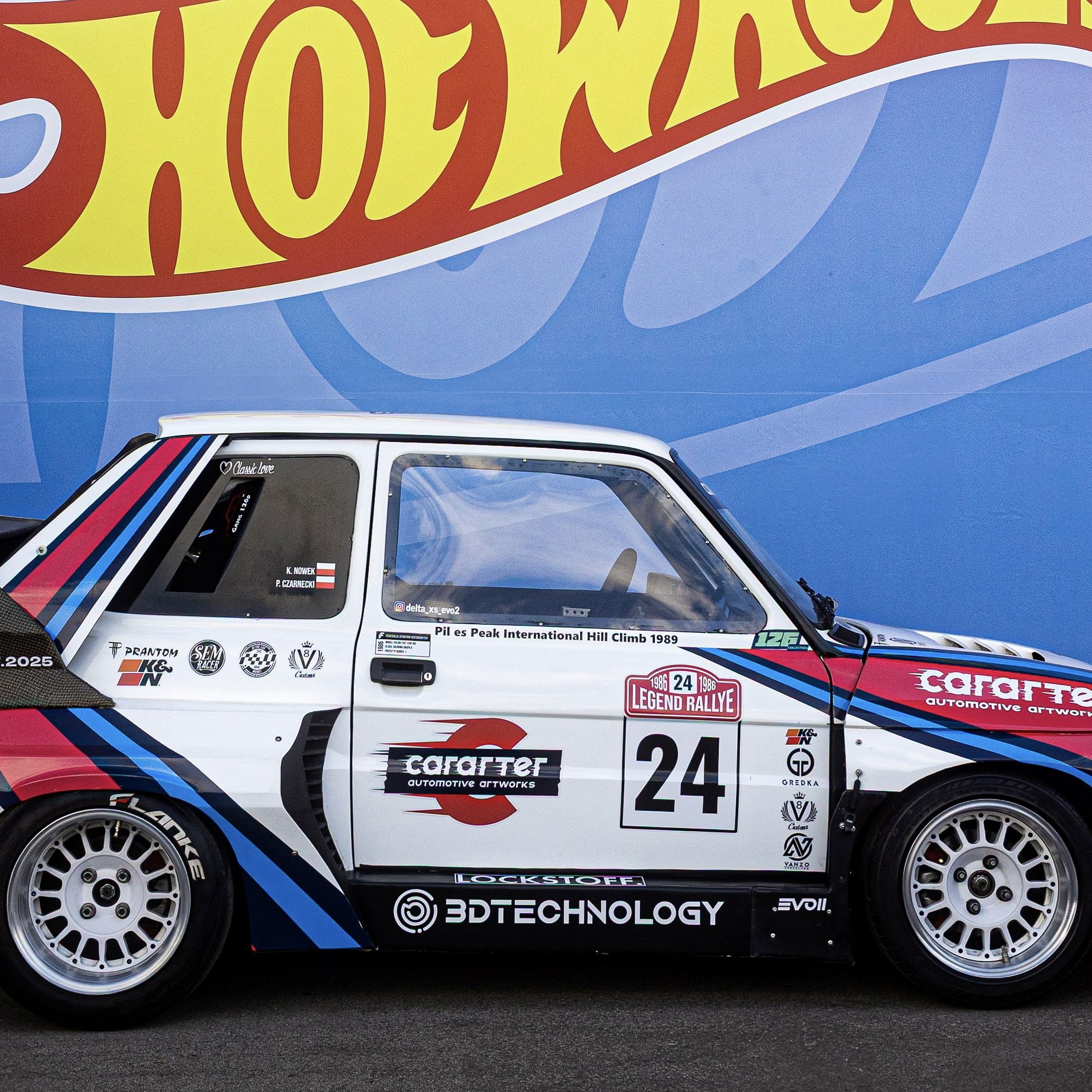
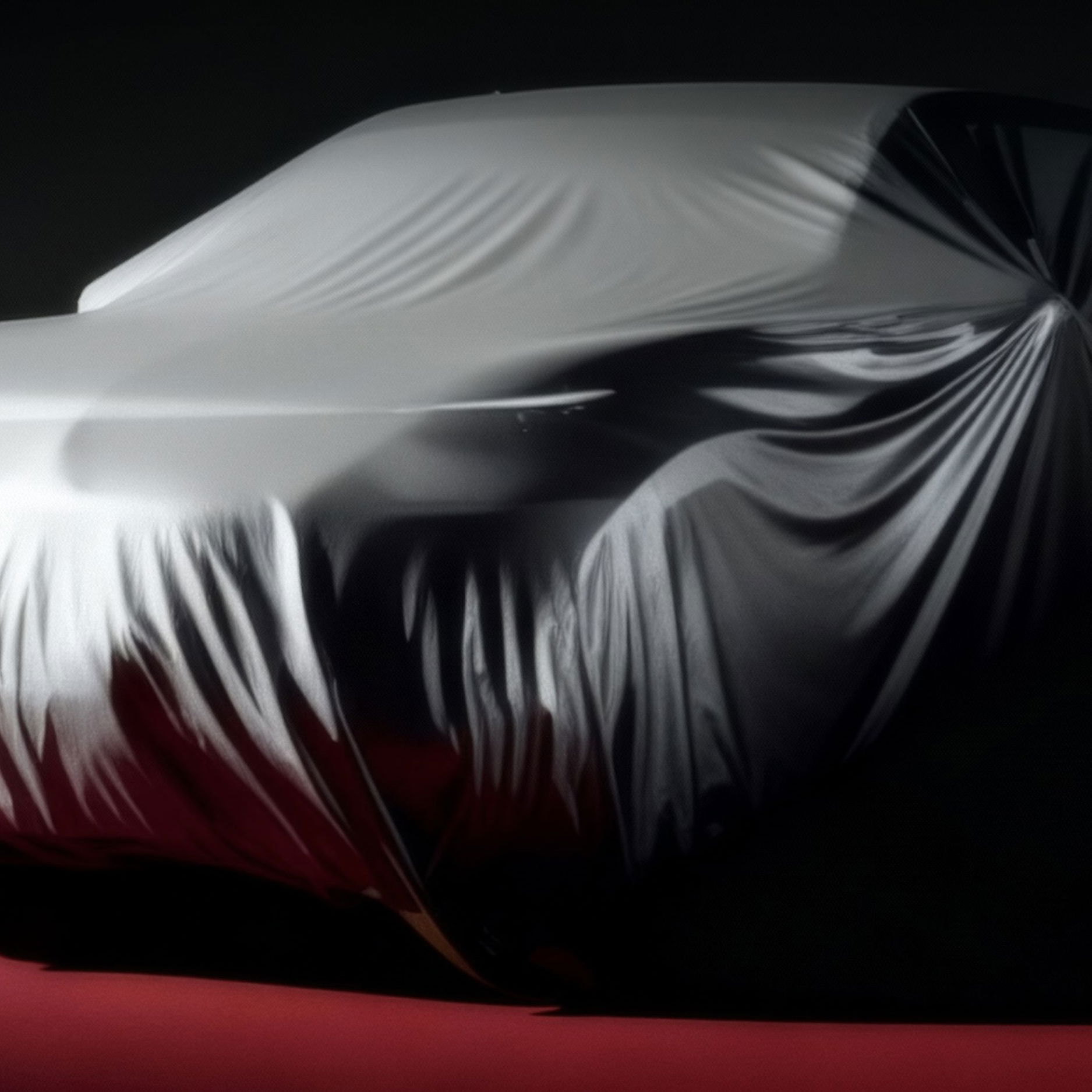
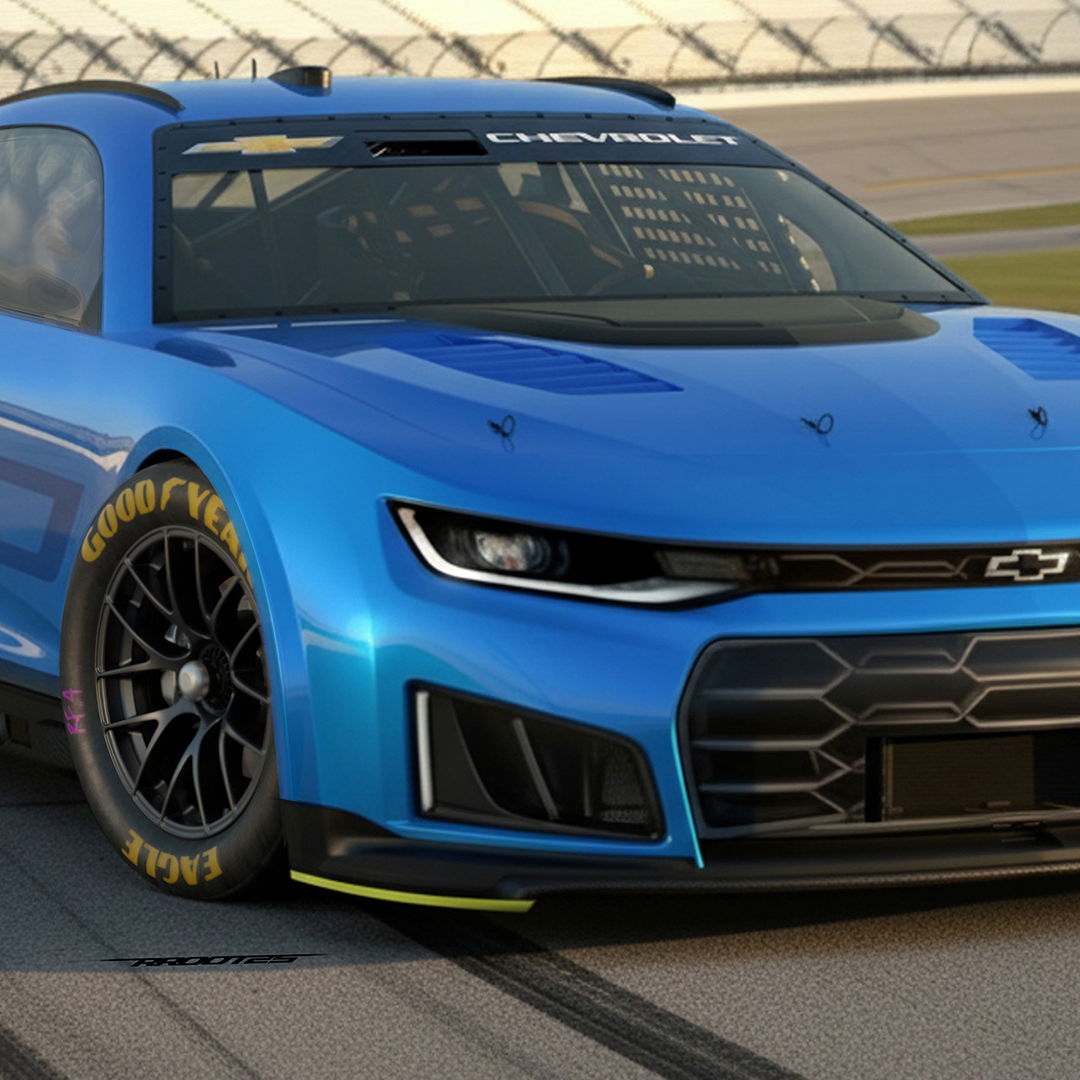


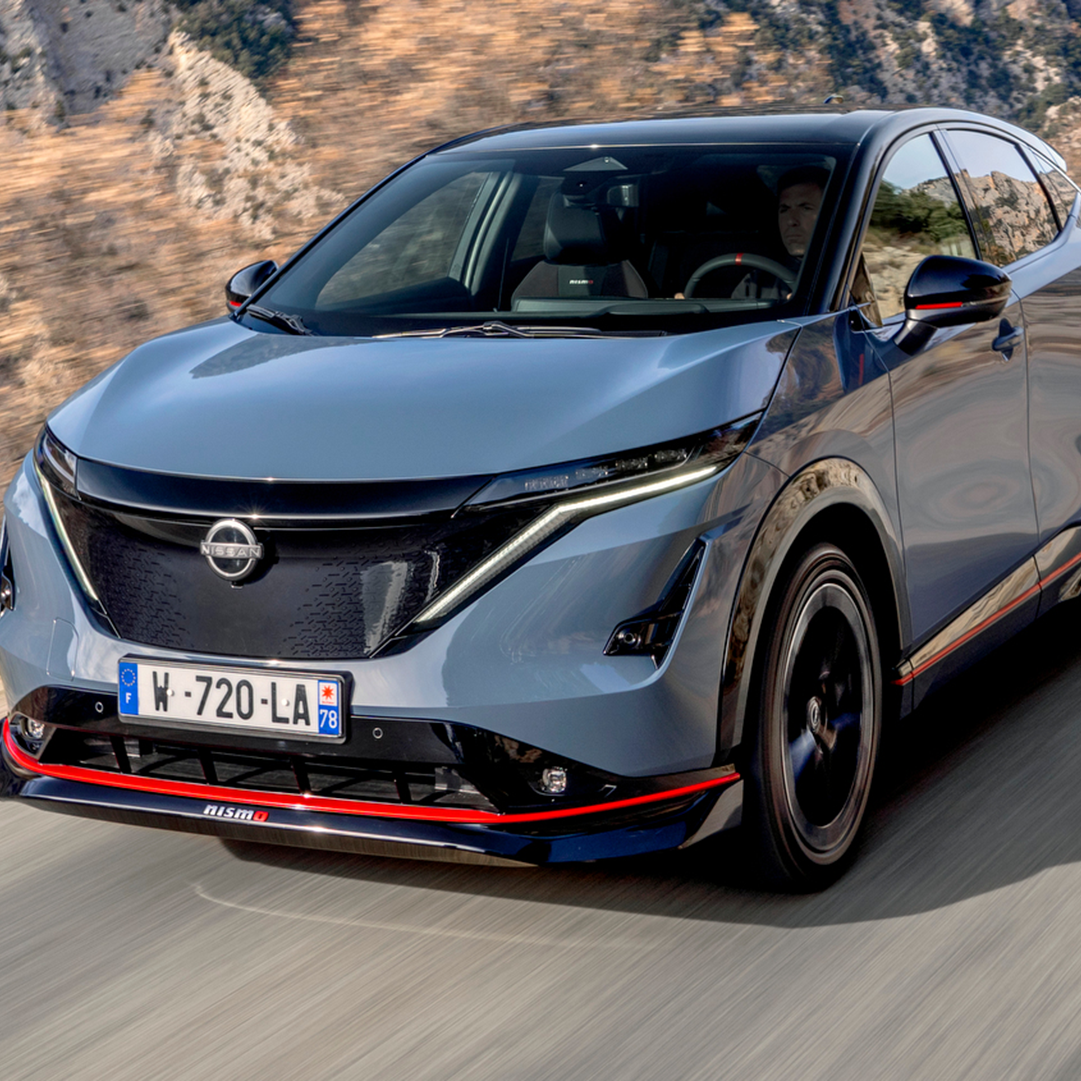
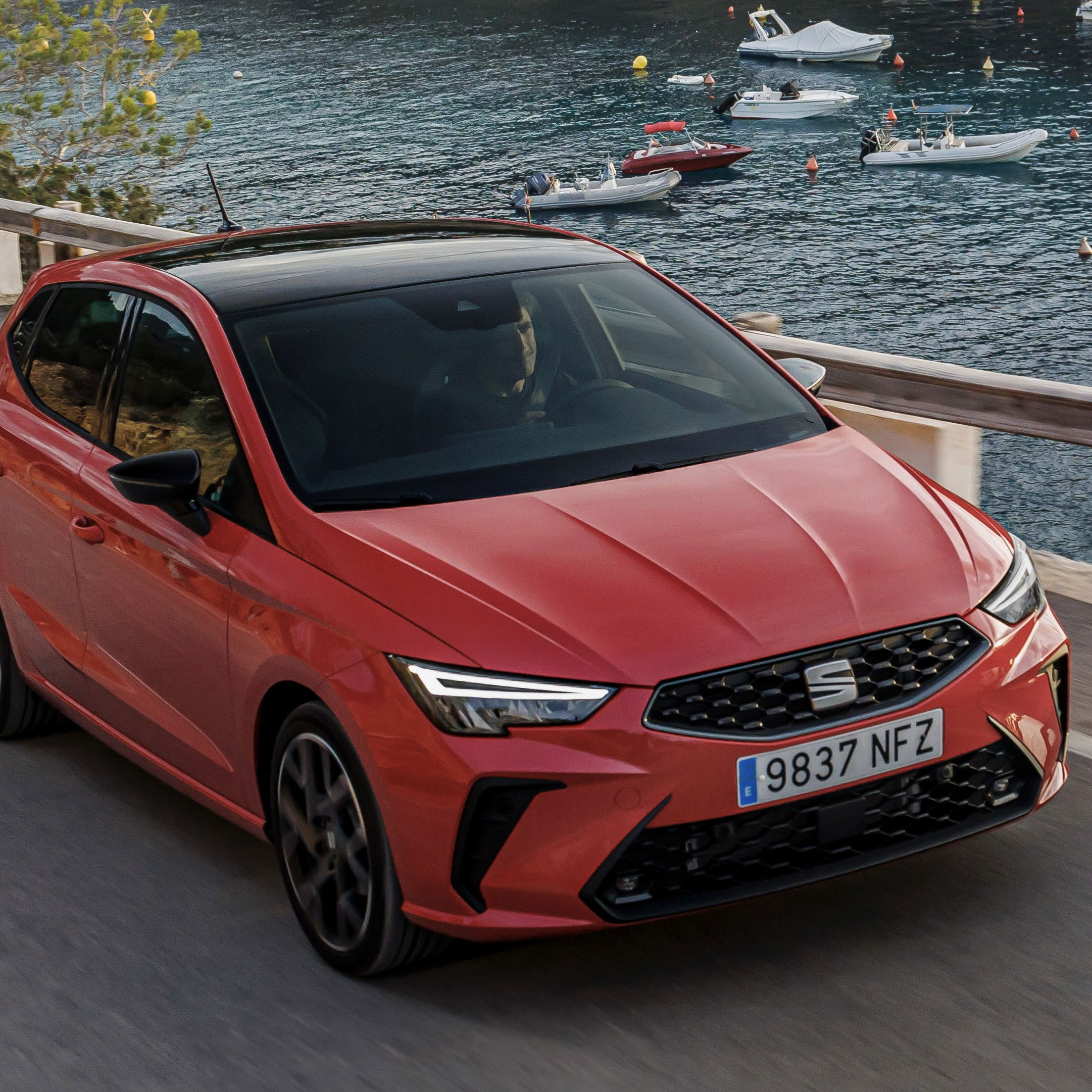


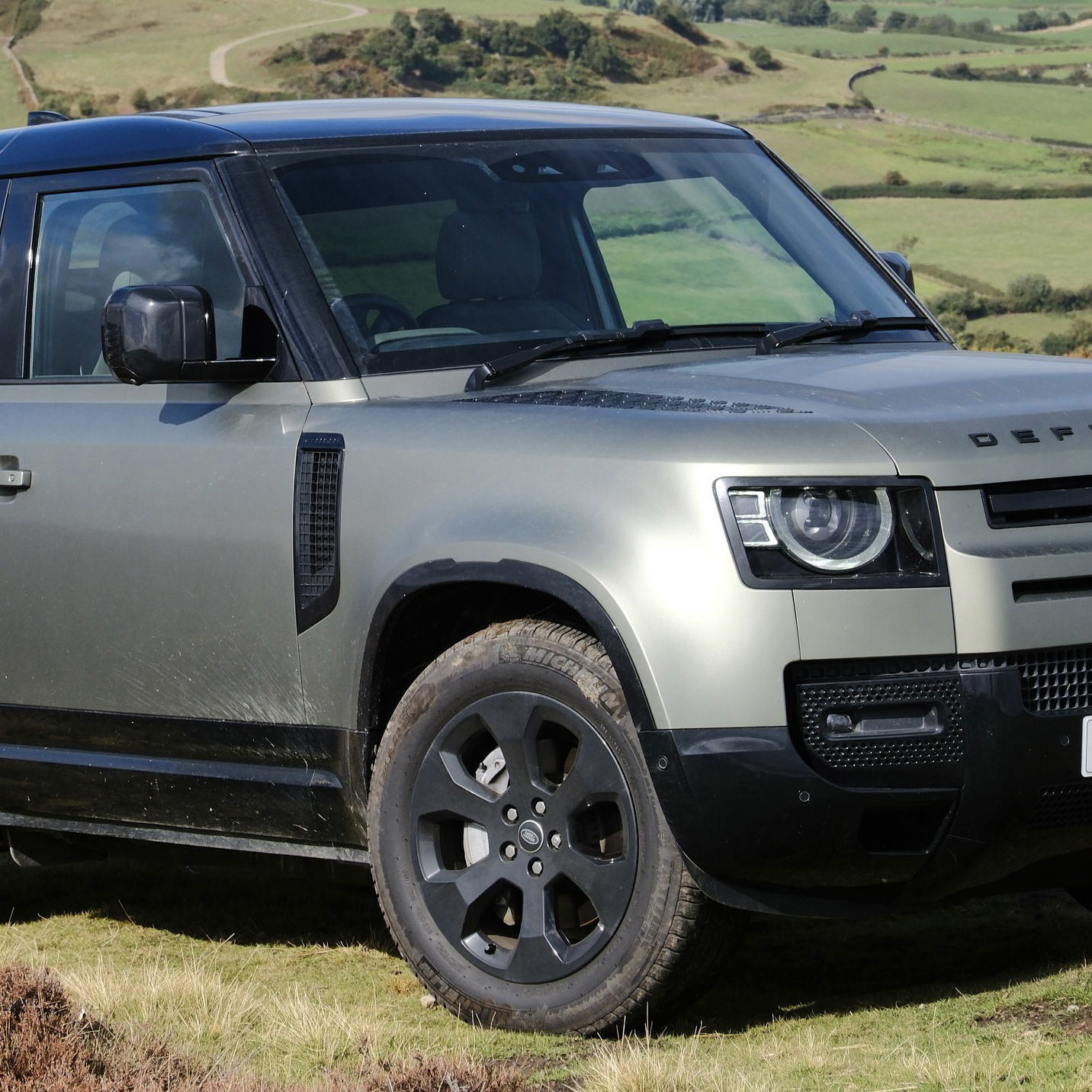
Comments
Soooooo…. they do help???
*Toro Rosso
Wait… Are you saying huge wings are good and better than lower wings????
Rice Master Pleb (black panthaa) would be proud to hear this.
Pagination